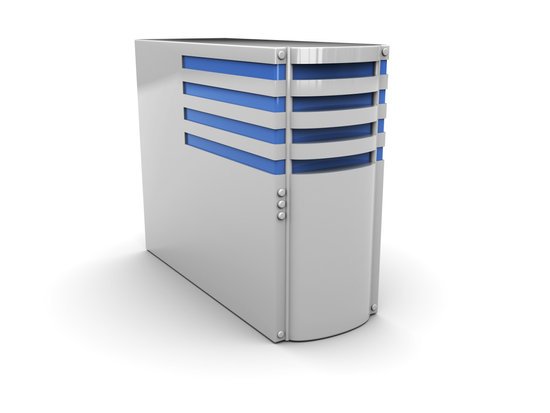How much does IT cost to rent space in a data center?
How much does IT cost to rent space in a data center? The price of a ¼ rack of space in most data centers can range from $300 to $500 a month, with space in more centrally located data centers typically costing substantially more.









